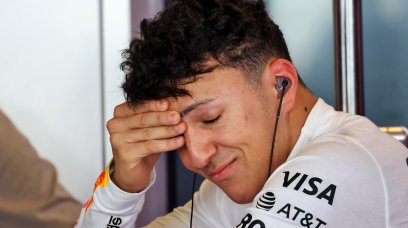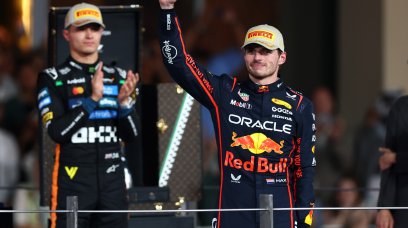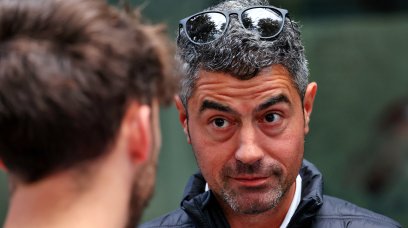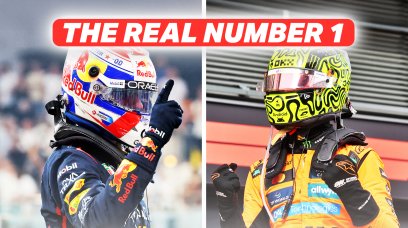On Sunday May 30, 33 drivers will look to cement their name in history at the 105th running of the Indy 500. The starting grid will feature 11 rows of three drivers each, but why do 33 cars start the Indy 500? For that answer, we have to go all the way back to very first event back in 1911. Speedway leader Carl Fisher was looking to do away with the multi-race programs and concentrate on one major race. Fisher and his partners figured that an event running for seven hours between mid-morning and late afternoon would appeal to the public. There were 40 cars that started the inaugural 500 Mile Race, but that was quickly changed. The sanctioning body at the time, the Contest Board of the American Automobile Association (AAA), mandated that a formula be created to limit the number of entrants for safety reasons, as 40 cars were too many for the 2.5-mile track. It was determined that a safe distance between each car spread equally around the track would be 400 feet. Since 2.5 miles equals 13,200 feet, that allows for 33 cars to take the grid. Nonetheless that number wasn't enforced early on, with Fisher placing a limit of 30 cars between 1912 and 1914. The maximum of 33 cars was adopted in 1915, however there were several occasions from 1912 to 1928 when the field wasn't filled. That number was boosted to 40 cars from 1930 (when 38 cars raced) to 1932, while 42 cars made the 1933 grid. Since 1934 the max has been capped at 33, though extenuating circumstances in 1979 and 1997 saw 35 starters.
Most read






